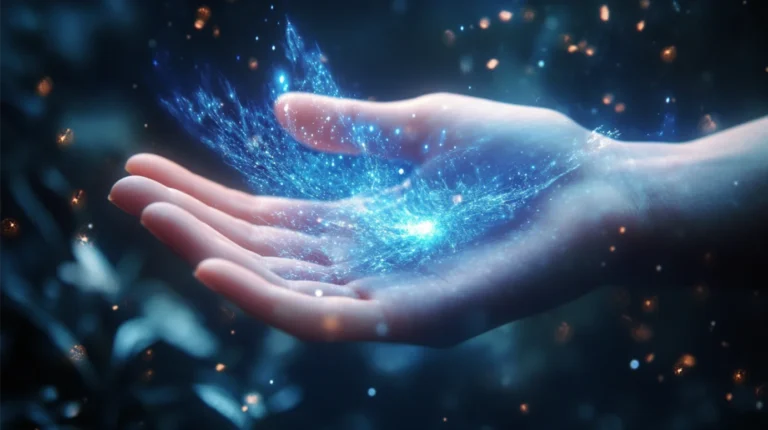
Wedding rings are more than just pieces of jewelry; they hold deep spiritual significance and serve as a symbol of the couple’s commitment, love, and unity. This guide will explore the spiritual meaning behind wedding rings, their history, and why they continue to be such an important part of weddings today.
The History of Wedding Rings
Wedding rings have been around for thousands of years, dating back to ancient Egypt when rings were made from braided reeds. The first metallic ring was created in ancient Rome, where they used iron bands as a symbol of strength and endurance. Over time, the tradition evolved, and wedding rings became more ornate and personalized.
Spiritual Significance
Wedding rings are not just a fashion statement; they hold deep spiritual meaning. Here are some of the most common interpretations:
-
Circle: The circular shape represents eternal love and never-ending commitment between two souls. In many religions, circles symbolize wholeness and unity.
-
Endlessness: Similar to the circle, the endless nature of a ring signifies that love and commitment should be lifelong. There is no beginning or end – just an unbroken cycle of devotion.
-
Infinity: The intertwining of two rings symbolizes the inseparable bond between husband and wife. This connection represents not only their personal union but also their spiritual growth together.
-
Fidelity: In Christianity, the tradition of exchanging wedding bands began as a sign of fidelity – a promise to remain loyal and faithful to one another throughout their lives.
-
Eternity: Some cultures believe that the circular shape of a ring represents eternity or infinite love between two people. This concept highlights the idea that marriage is meant to last forever, transcending time and space.
Material Choices & Their Spiritual Meanings
The material chosen for wedding rings also carries spiritual significance:
-
Gold: Gold symbolizes wealth, prosperity, and loyalty in many cultures. It has been used throughout history as a representation of divine blessings.
-
Silver: Silver is often associated with the moon and represents feminine energy. In some religions, it’s believed to bring harmony and balance to a relationship.
-
Platinum: Known for its durability and strength, platinum symbolizes enduring love that stands the test of time. It’s also considered a rare and precious metal, which can represent a couple’s unique bond.
-
Diamonds: Diamonds are traditionally associated with purity and eternity. They symbolize indestructibility – an assurance that a marriage will last forever.
The Role of Wedding Rings in Different Religions
Different religions have their unique interpretations and rituals surrounding wedding rings:
-
Christianity: In Christian weddings, the exchange of wedding bands symbolizes the couple’s covenant with God and each other. The rings are usually made of gold or platinum, representing purity and faithfulness.
-
Hinduism: In Hindu weddings, the groom ties a sacred thread called “Mangalsutra” around his bride’s neck, which contains a black bead and three strands of white beads. It symbolizes her devotion to him and their union as husband and wife.
-
Judaism: In Jewish weddings, the ring is placed on the bride’s right index finger, signifying strength and courage. The groom recites a blessing before placing it on her finger.
-
Islam: In Islamic weddings, the couple exchanges rings as part of their Nikah ceremony. The rings are made from gold or silver and usually have inscriptions from the Quran.
Conclusion
Wedding rings hold deep spiritual significance that transcends time and culture. They serve as a reminder of the commitment, love, and unity between two people who decide to embark on this lifelong journey together. By understanding the history, materials, and religious aspects behind wedding rings, couples can appreciate the true meaning behind this precious symbol.





